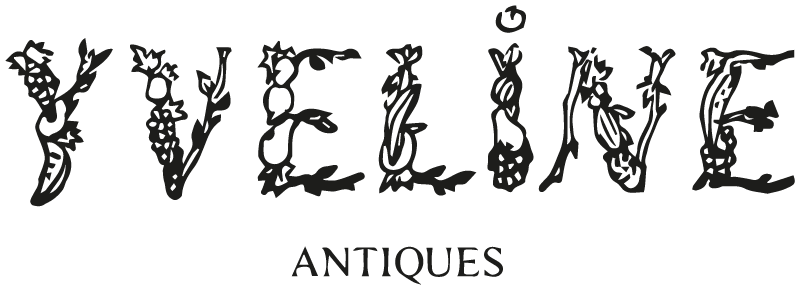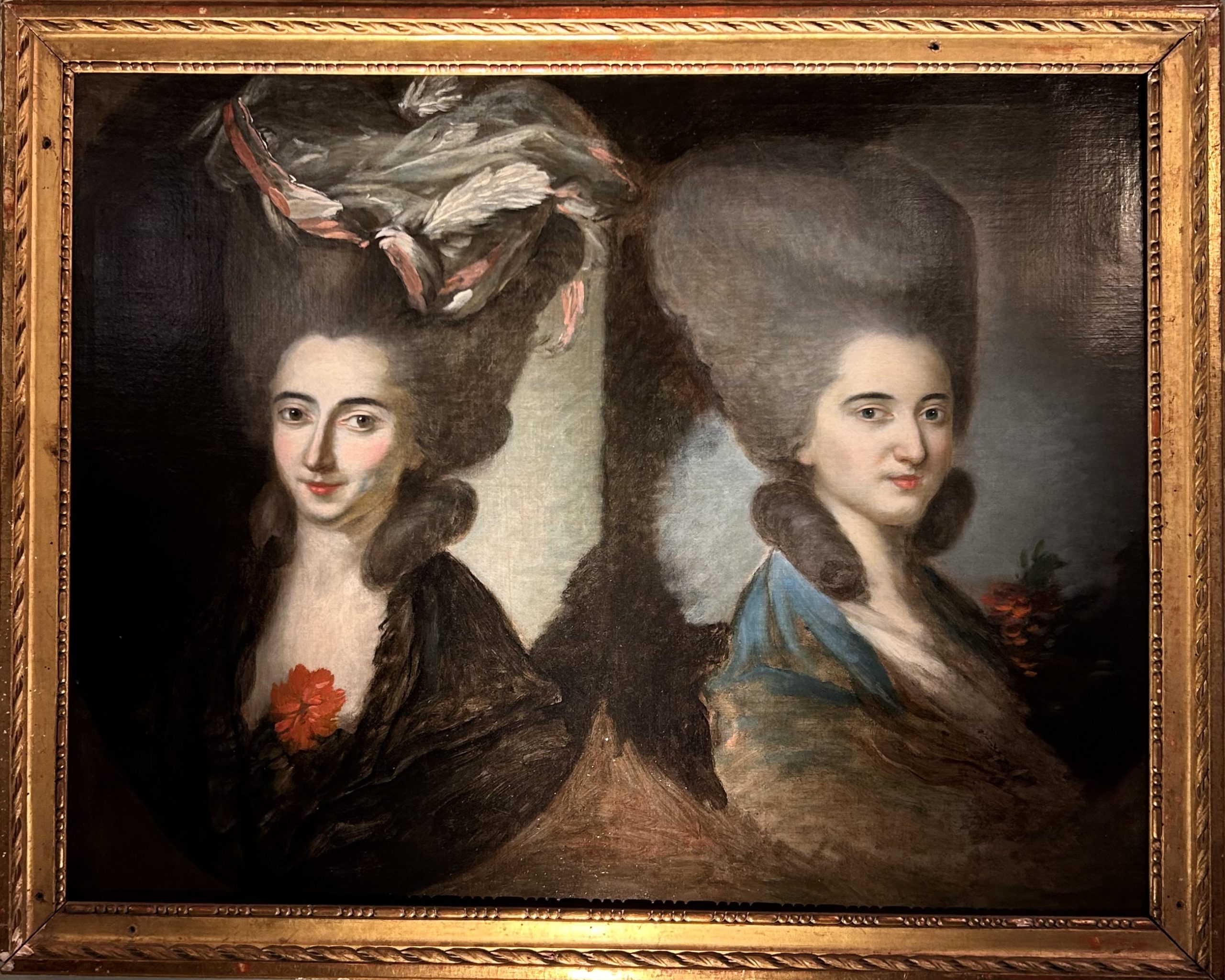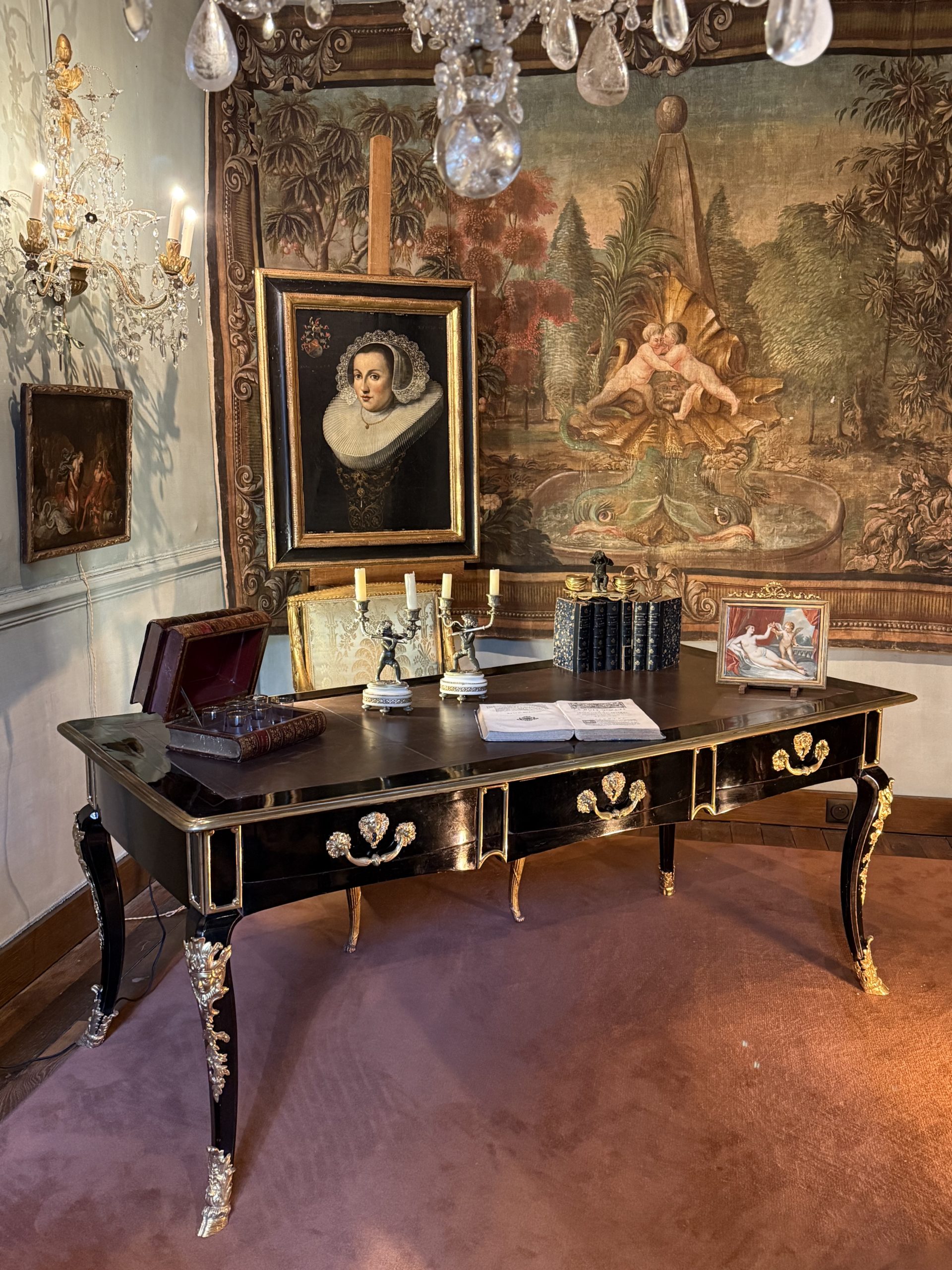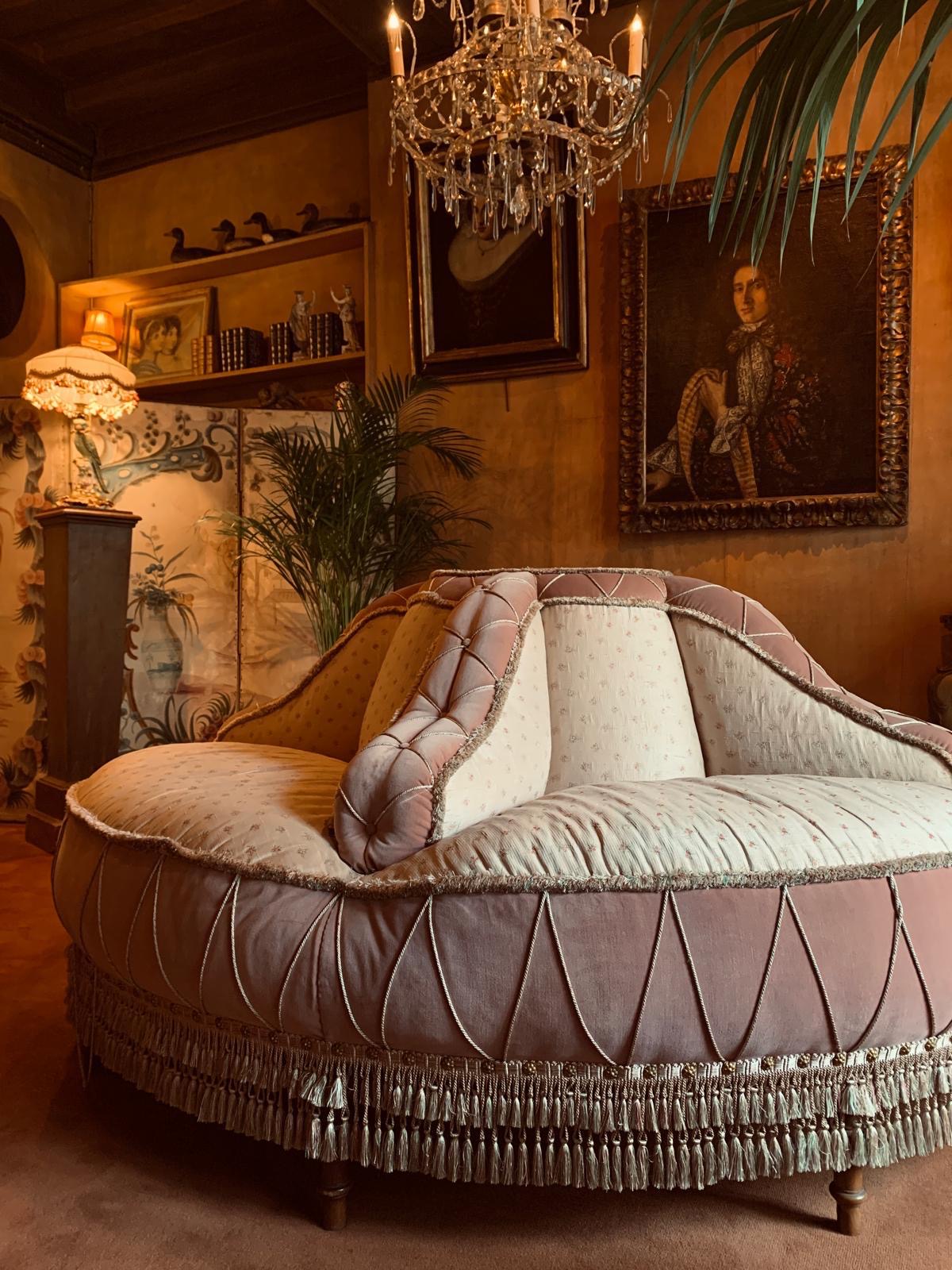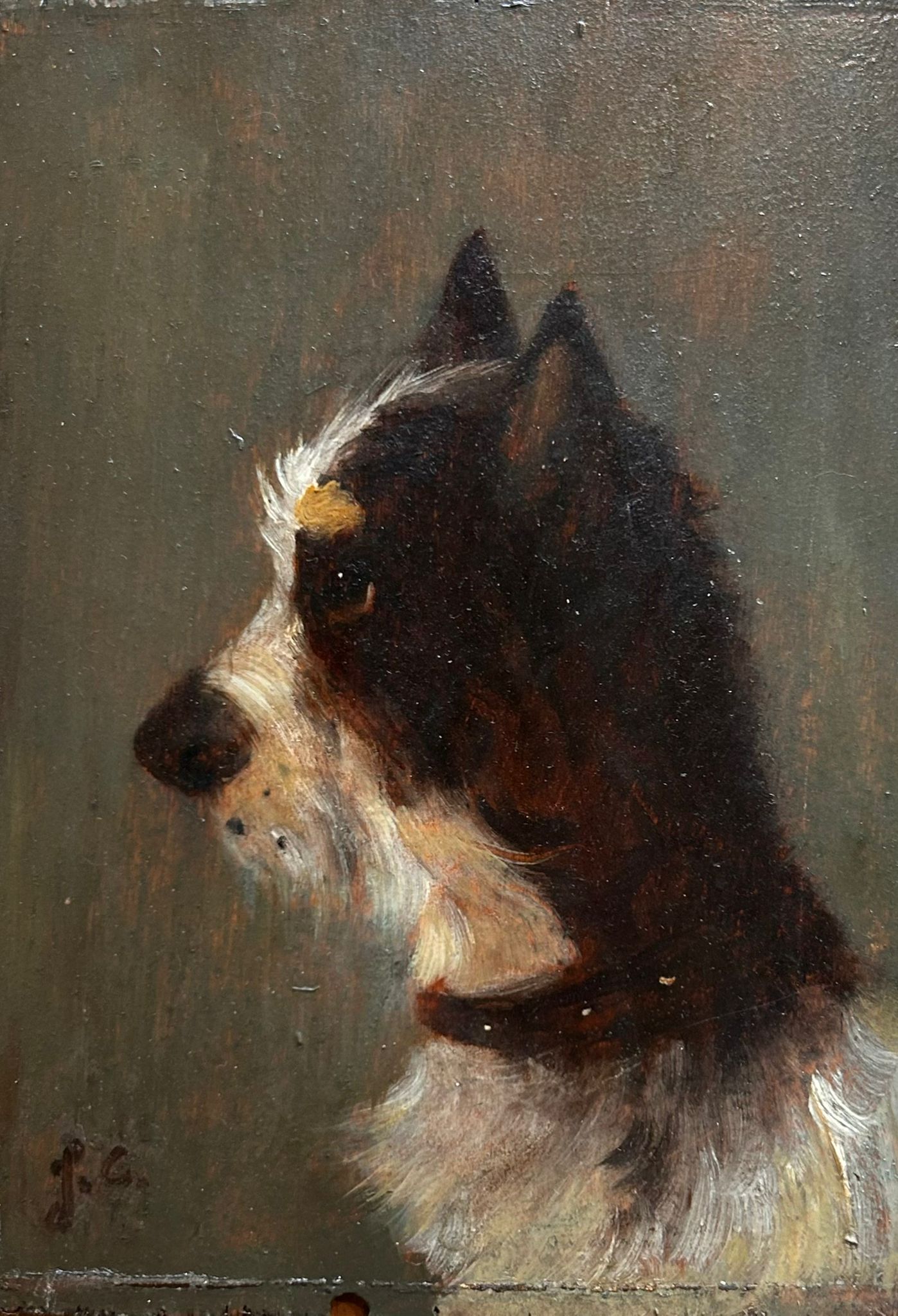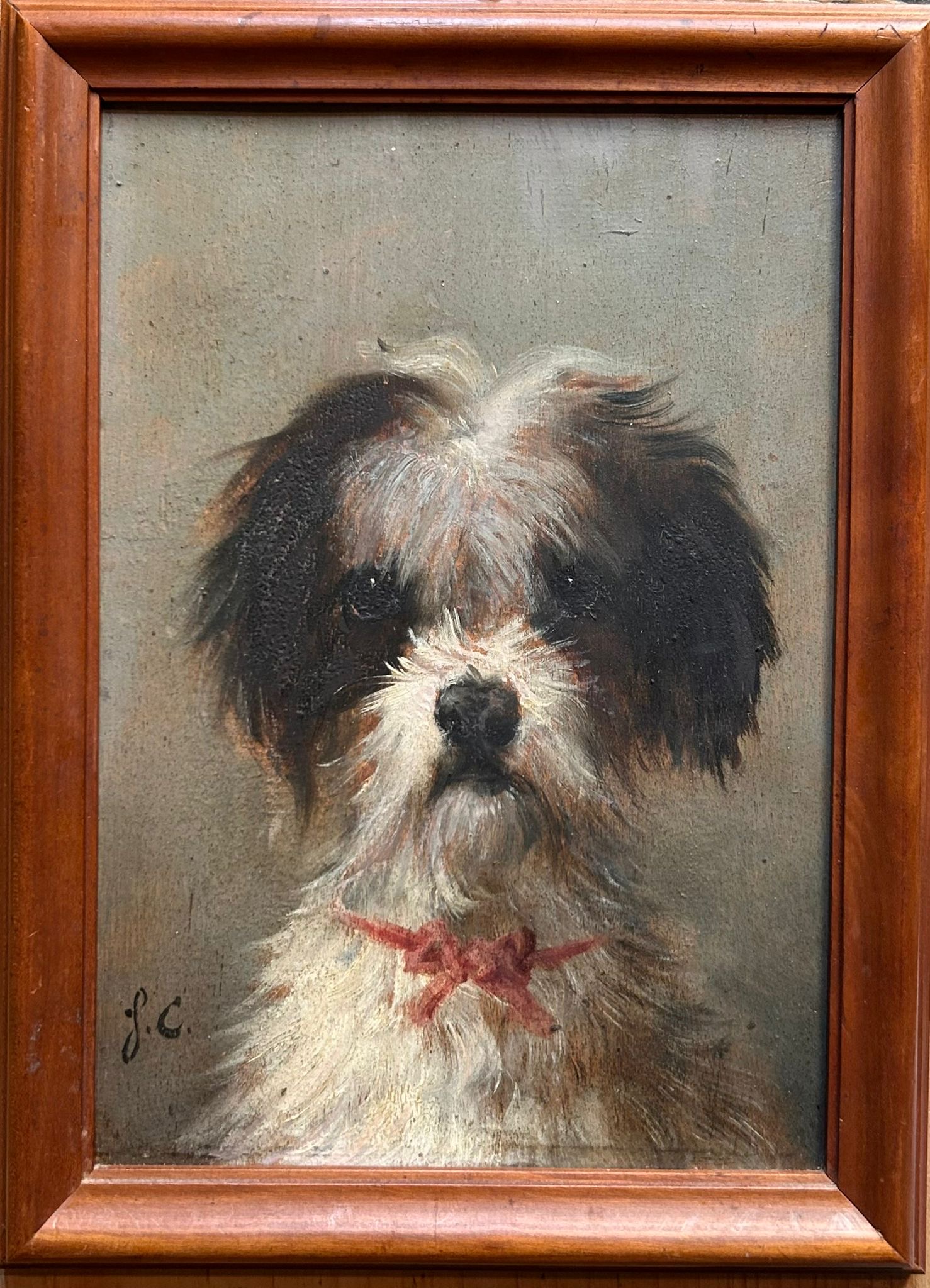Large six-leaf screen in painted canvas, panels decorated with a motif inspired by Chinoiserie, as was fashionable in the mid-18th century, reverse decorated with simple trompe l’oeil panels.
In the 18th century, the Rococo style stimulated the spread of Chinese design elements, including dragons, exotic birds, pagodas, and Chinese. After the introduction of Chinese interior decoration in Versailles, this fashion spread to other European countries. Chinese interior design included Chinese-style wallpapers and porcelain. In the meantime, pagodas and tea pavilions appeared in the parks and gardens of Europe. Despite the reaction against Rococo and Chinoiserie caused by neoclassicism, Chinese influence persisted at the end of the century. Chinoiserie as a decorative art is a pure emanation of Western tradition which finds its source in the numerous objects brought back from the Orient since the Middle Ages as well as fanciful descriptions of distant China which is still little known. It is therefore a European invention from the 17th and 18th centuries which does not claim to imitate existing models from China but which offers an extravagant fantasy.
It is a desire for oriental exoticism which seized the French of the time. The seduction of “chinoiserie” corresponds to a weariness towards classical elements, it satisfies a need for non-conformist fantasy, responds to a taste for orientalism made fashionable by literature, theater and the philosophical debate of the time . 18th century
France
Each of the six sheets: height: 160 cm x width: 60 cm
Total length of 360 cm deployed.
